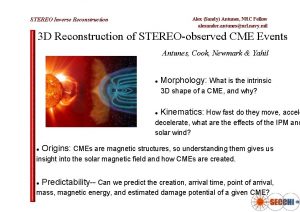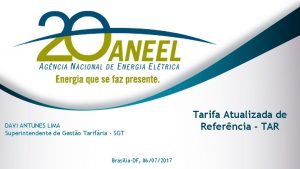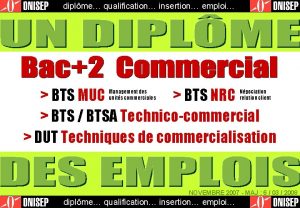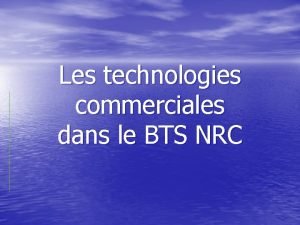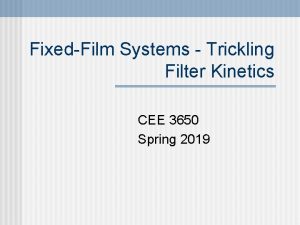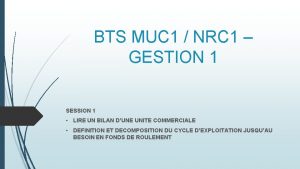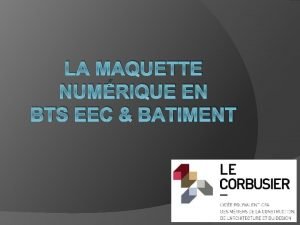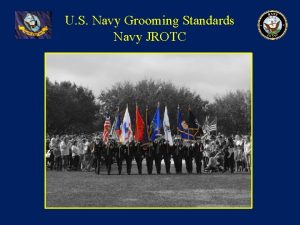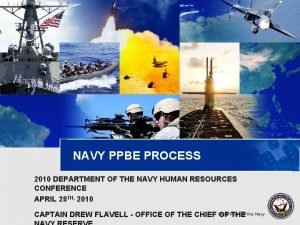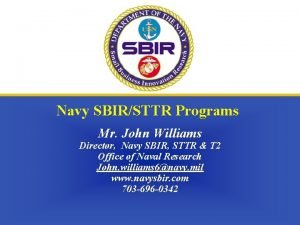Alex Sandy Antunes NRC Fellow alexander antunesnrl navy











- Slides: 11

Alex (Sandy) Antunes, NRC Fellow alexander. antunes@nrl. navy. mil STEREO Inverse Reconstruction 3 D Reconstruction of STEREO-observed CME Events Antunes, Cook, Newmark & Yahil Morphology: What is the intrinsic 3 D shape of a CME, and why? Kinematics: How fast do they move, accele decelerate, what are the effects of the IPM and solar wind? Origins: CMEs are magnetic structures, so understanding them gives us insight into the solar magnetic field and how CMEs are created. Predictability-- Can we predict the creation, arrival time, point of arrival, mass, magnetic energy, and estimated damage potential of a given CME?

STEREO Inverse Reconstruction Alex (Sandy) Antunes, NRC Fellow alexander. antunes@nrl. navy. mil Our Approach Inverse Reconstruction Front Side Front + Side

STEREO Inverse Reconstruction Alex (Sandy) Antunes, NRC Fellow alexander. antunes@nrl. navy. mil Our Approach PIXON (Puetter & Yahil) Alternative to maximum entropy methods Elements are spatially extended, overlapping 'Pixons' Uses kernel-based smoothing across Pixons Map key is minimum complexity: a solution Data A Data B Noise A Noise B using fewer underlying Pixon map elements is presumed to be superior Produces minimum number of elements required to fit the solution as allowed by the noise. e. g. Pixon would consider the bottom pair to be roughly as good a final goal as the top pair. Data+Noise A Data+Noise B

Alex (Sandy) Antunes, NRC Fellow alexander. antunes@nrl. navy. mil STEREO Inverse Reconstruction Sim Satellites: X-Y-Z & Ecliptic Data In == Recon Out 'best case' 3 -axis input data Two at 44° (B: 76°, A: 120°) Data at 0°, 90°, and from top View at 0° Recon at 0°, 90°, and from top Recon at 0° 44°

STEREO Inverse Reconstruction Alex (Sandy) Antunes, NRC Fellow alexander. antunes@nrl. navy. mil Sim Satellites: 3 -axis vs Ecliptic 90° & 44° Flyby 3 -axis 'best' case separation Ecliptic 2 -view case Only 44° 3 -axis and ecliptic flybys comparing XYZ result (left) with 'just 2 satellites' ecliptic result (middle) and 'just 2 at narrow separation' (right)

Alex (Sandy) Antunes, NRC Fellow alexander. antunes@nrl. navy. mil STEREO Inverse Reconstruction Dec 31 st, 2007 CME Reality is Messy and Evolving Running Difference View at 0° 44° Data A Data B 44° Recon A B Recon

Alex (Sandy) Antunes, NRC Fellow alexander. antunes@nrl. navy. mil STEREO Inverse Reconstruction CME over time (unconstrained, uncorrelated solutions) 02: 22 04: 22 02: 52 03: 22 03: 52 (running difference reconstruction)

STEREO Inverse Reconstruction st 31 , Alex (Sandy) Antunes, NRC Fellow alexander. antunes@nrl. navy. mil Dec 2007 CME Constraining the Solution Space

Alex (Sandy) Antunes, NRC Fellow alexander. antunes@nrl. navy. mil STEREO Inverse Reconstruction Running Difference Dec 31 st, 2007, 2: 22 Prior Frame Subtracted Unconstrained CME solution using Cone using FM (large) using FM (small) Fluxrope F as compa

STEREO Inverse Reconstruction Alex (Sandy) Antunes, NRC Fellow alexander. antunes@nrl. navy. mil Conclusions Inverse methods can help distinguish between current theoretical models, at different solar distances. Inverse methods can model asymmetrical features (which pure forward models cannot). Inverse reconstruction can separate components. e. g. for Dec 31, separate the streamer from the above and lower CME portions Solution is probability space map for CM Computational issues: fast, but resolution-limited and require high S/N

STEREO Inverse Reconstruction Alex (Sandy) Antunes, NRC Fellow alexander. antunes@nrl. navy. mil Conclusions Collaboration is Key 1) Study Kinematics-- CM vs time, expansion/compression, trace back/fwd 2) Apply model-based masks 3) Separate components 4) Overlay Forward Models (Thernisien et al) 5) Compare with other geometric methods (de Koning) 6) Compare with centroid location (Vourlidas et al) 7) Add the '3 rd Eye' of LASCO (Cook) 8) Let others use our tools 9) Wait for a >90° CME 10) Don't like it? Use our framework and tools to try your own!
